When I clipped the first carabiner on the iron rope, a rain drop fell on my nose. A couple of seconds later, it started pouring down. “Oh, great!” – I got up early in the morning, I drove forty-five minutes by bus from Arco to Sarche and spent an hour (30 minutes ascent, plus 30 minutes anciently going astray) battling through the woods to reach the access. Then I sat on a rock for quite a while and thought about whether I really want to pull through. The Rino Pisetta is one of the most difficult via ferrata in the area and I was traveling alone. The sky had been overcast all morning and I entered the climbing route the exact moment it started to rain. Actually, I was lucky, because had it rained later, I would have been stuck on the wall. The Rino Pisetta has quite a few steep sections without artificial steps and, in contrast to “normal” climbing, one cannot simply rappell if things get hairy. “Well, what can you do?” with a sigh, I unclipped the carabiner, took off my harness and made my way back, first to Sarche, then to Arco. That day was wasted.
Arco is a few miles north of lake Garda and a perfect spot for rock climbers. As I was traveling by myself – without tent – a campsite wasn’t really an option. The best way to do this trip: take your VW bus, a case of beer and a bunch of friends. Arco was a spontaneous decision and of course I had not booked accommodation in advance. In contrast to Torbole, there were only few budget accommodations. Besides campsites, Arco has mostly expensive hotels and family apartments. So I sat on my backpack at a street corner with my smartphone, googling and calling all the B&Bs in the area. The internet cafe in the city center was closed and I had to enable data roaming. Also considering higher phone costs abroad, this was just annoying.
Travel Tip: If you plan and book in advance, of course it gets easier. But those who want to travel without having everything planned out, should anticipate unexpected costs. Often you can simply ask for cheap places at the tourist information. If all else fails, then often taxi drivers know places.
With a little luck I found a house on the outskirts: Miori Ischia Adriana. My namesakess was very friendly and flexible in terms of pricing. I think we agreed on 35 € the night. I probably got this price due to low season and me looking rather disheveled. After all, the room had a beautiful view.
Arco initially impresses with a pretty downtown area, narrow alleys and a sea of climbing shops. Because of the competition, the climbing gear is cheaper there than anywhere else. If you want to purchase equipment, you should do it there. A friend had told me about the store in Via Segantini: Gobbi Sports. Although the shop looked quite promising from the outside, unfortunately, it was closed. Then, two doors down, I bought an inexpensive via ferrata set, manufactured by Kong. I hadn’t heard about the company before and I had my doubts. So far, the set has served me well. However, it is also affected by the current DAV recall.
Of course, I immediately wanted to go climbing. Arco itself has not a lot to offer in terms of via ferrata. There is mainly “real” rock climbing around town. One of the iron roads nearby is, for example, the Sentiero attrezzato del Colodri. I had heard about the infamous Rino Pisetta and decided to take a look. Because I had to overcome myself to get started and then was forced to stop, it became a mission – I didn’t get anything else done on this trip.
On the next day I returned and the weather kept up. I previously got some information from the Internet: the first meters showcase the difficulty of the whole route, then there is an emergency exit. I had a way out, if it didn’t work.
Here are my recommendations for the Rino Pisetta:
- Doing a via ferrata alone never is a good idea. Accidents can always happen and that day no one else was on the wall, who could have helped.
- Climbing shoes! I’m not a via ferrata expert, but I cannot imagine finding foot hold with hiking boots on the Rino Pisetta. Put the hiking shoes or sneakers for ascent and descent in your backpack while climbing.
- Stamina: That very season I lead climbed a wall with difficulty level 6 – that means, I wasn’t in great shape, but my stamina were alright. For an experienced climber, this wall is not a problem. For an inexperienced via ferratist, it probably would be. Always and really always, you should carry an extra belt loop with carabiner to take a rest. The via ferrata set is not meant for hanging out.
- Difficulty: The wall doesn’t have severe problems. There are no overhangs, only steep sections with little footrest. Please do not underestimate the nerves it costs. When doing a fixed rope route, there is no turning back and you hang on dizzyingly high walls that lead straight down. Best to take a buddy with rope to allow for emergency belaying from above.
The climbing itself takes less than two hours, but including ascent and descent a whole afternoon passes by. Therefore, take enough food and water. And once you are standing at the top of the Dain Picol (971 m), you might think this was it. Actually, the adventure just starts. The Italians aren’t big fans of signposting. Thus, when you pass by the little chapel, down through the forest, you come to a small, sleepy village called Ranzo. There you’ll see a sign for Sarche. If you follow this sign, you come to another signpost to Sarche showing exactly towards the first one. There is not a soul on the street who you could ask for advice. Only two donkeys and a dog standing at the fence, watching silently, as you walk back and forth between the signs until you use your 50/50-chance and decide for one direction. I arrived somewhere in the valley and had to ride via bus to Sarche. Whether it was the shortest way – I doubt it.
Conclusion: a really fun via ferrata. With some nerves and physical endurance it is doable even if not in great shape. In a group always safer and certainly more fun. Ranzo is definitely worth a visit!
[wpgmza id=”3″]


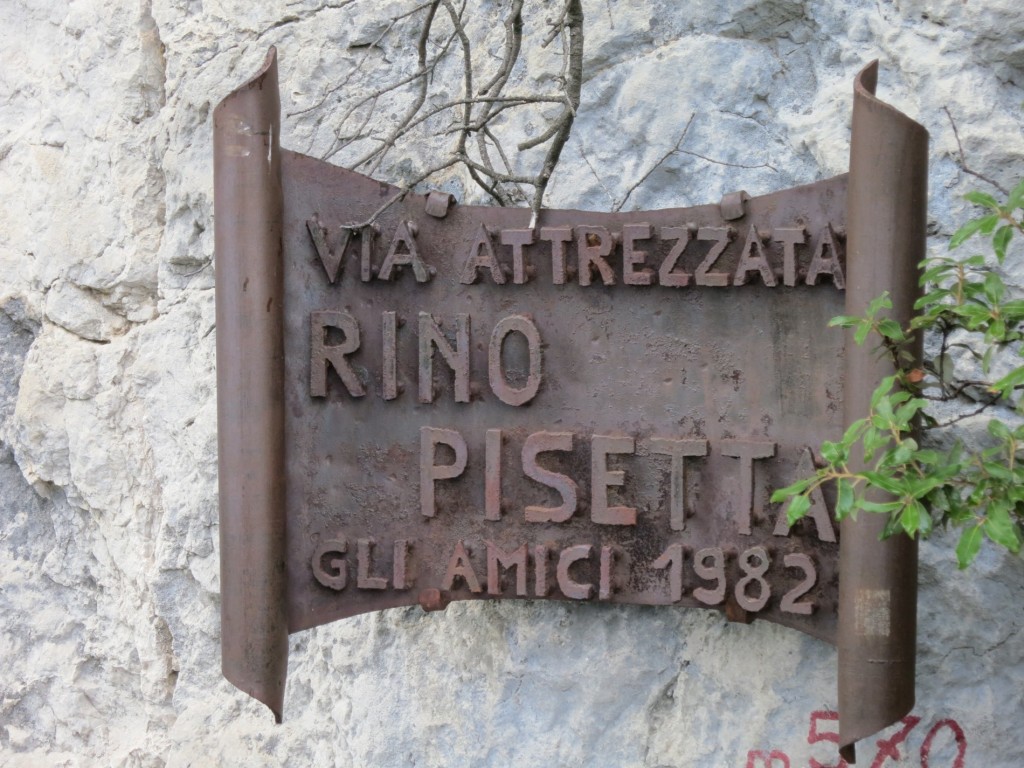
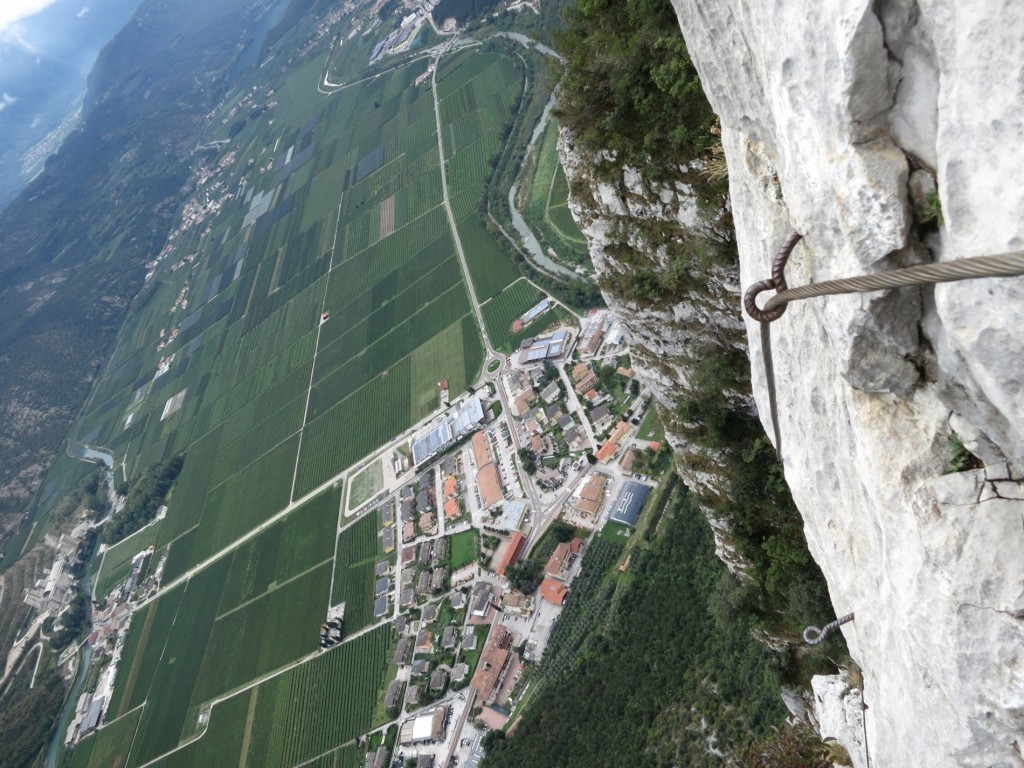
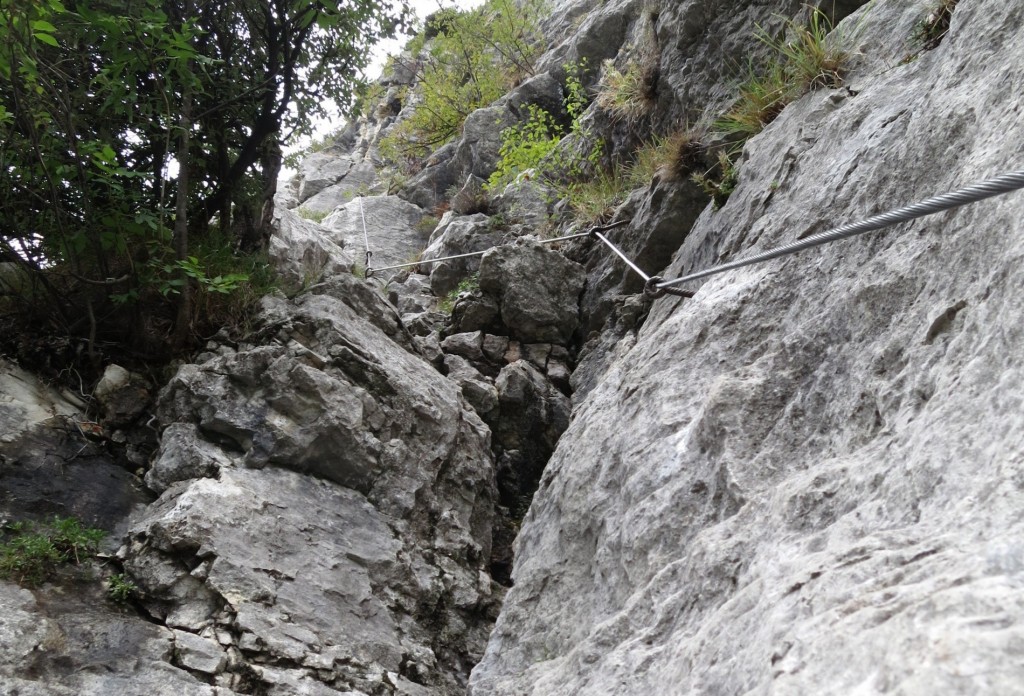
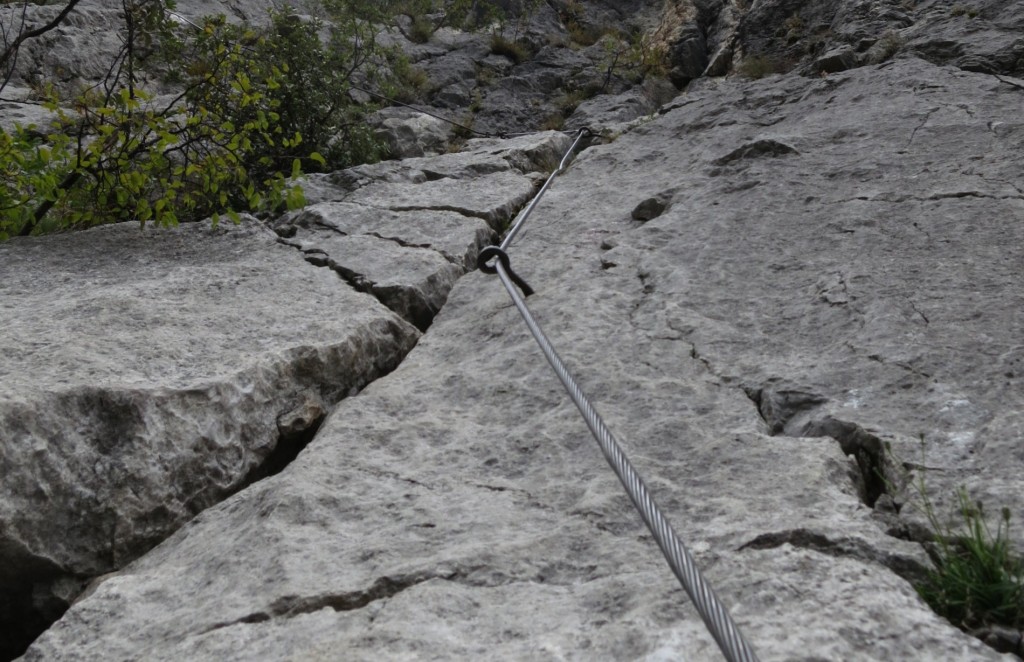
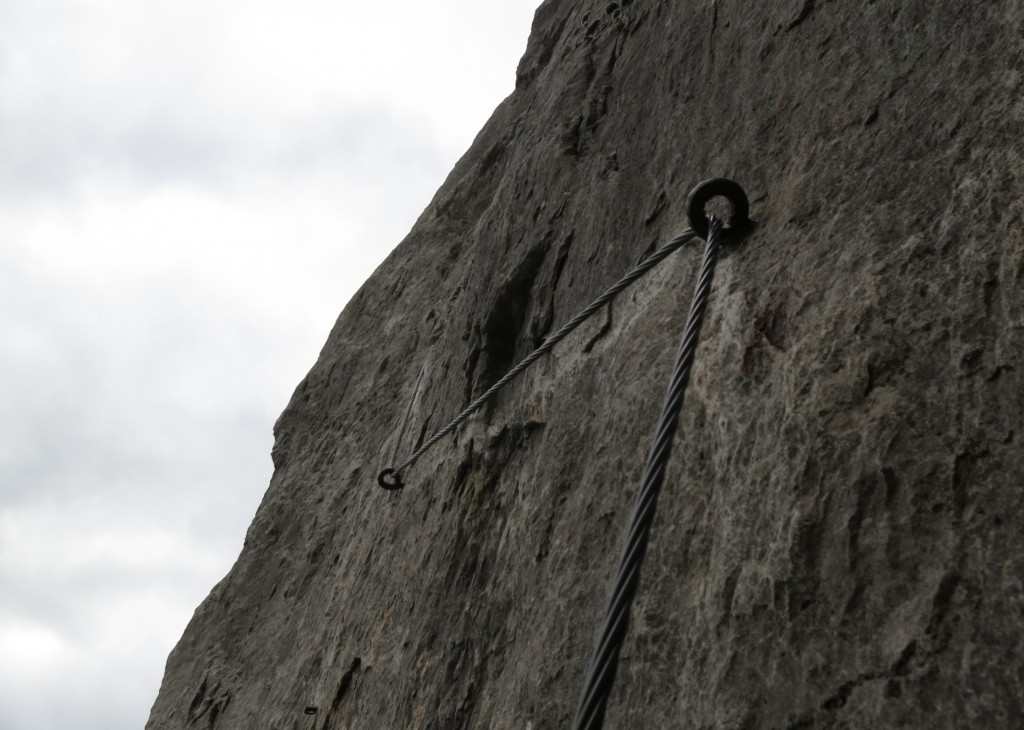
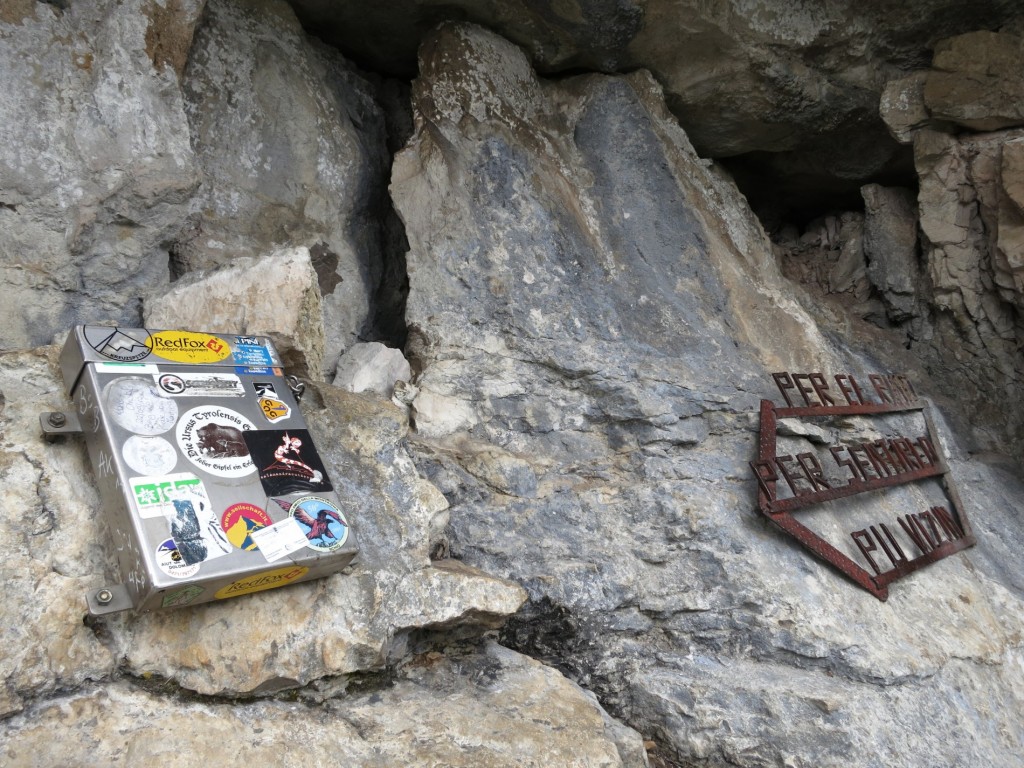
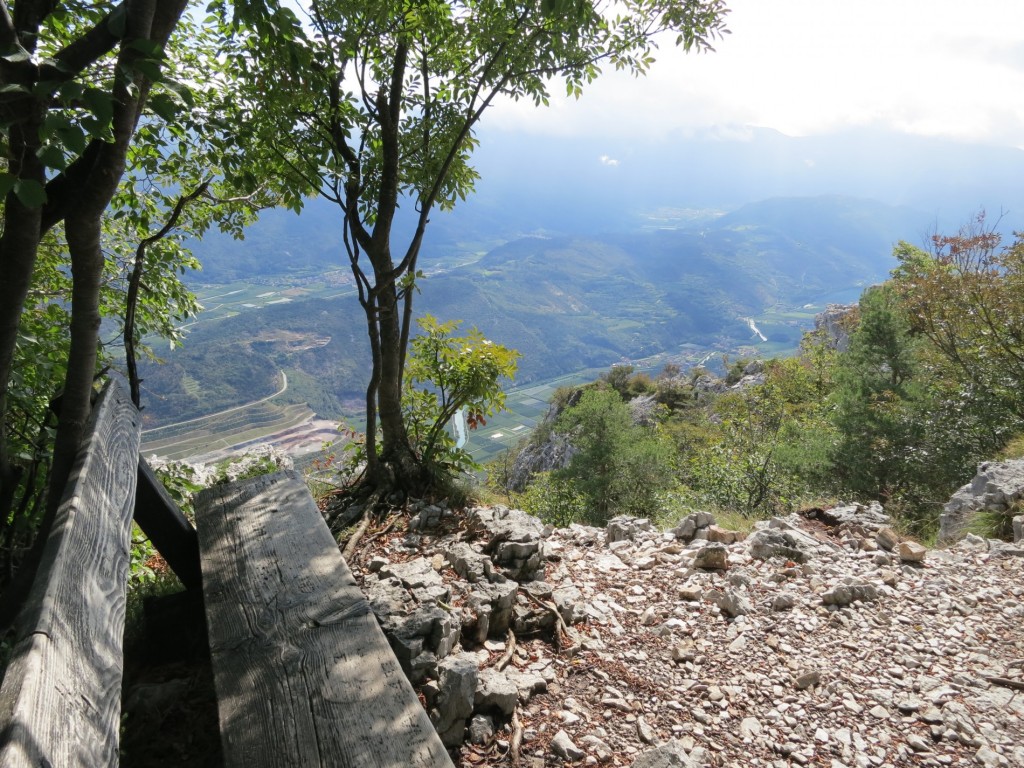
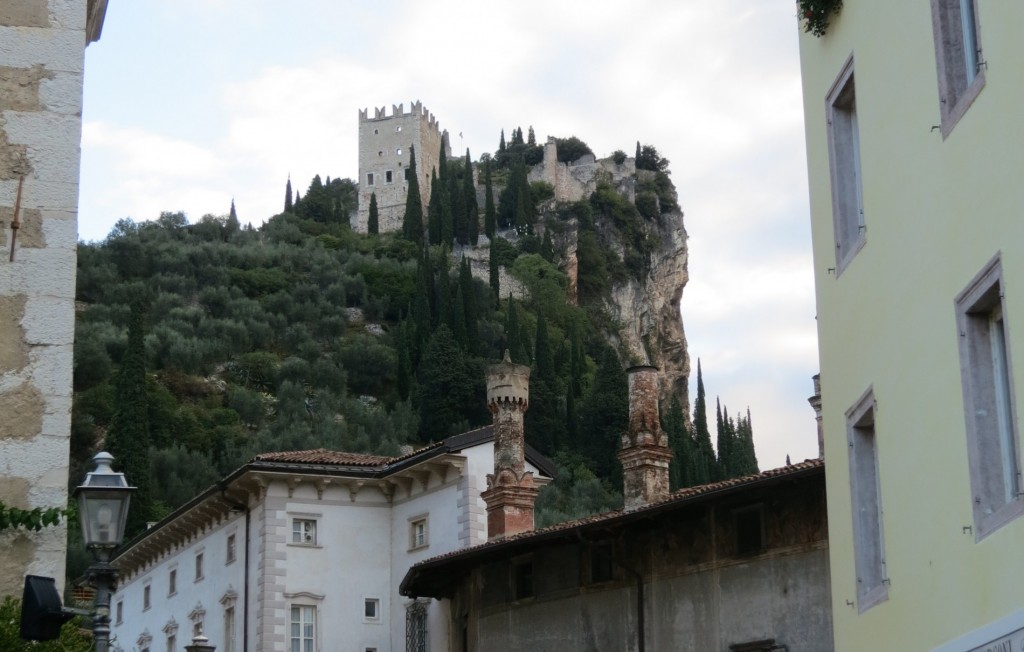
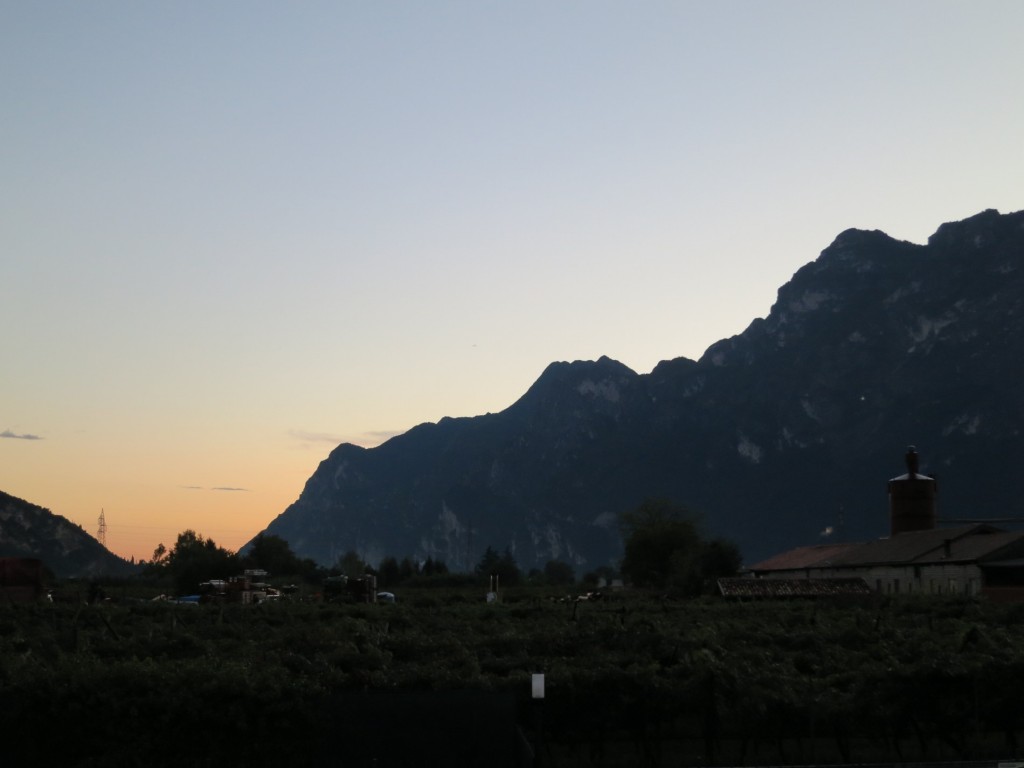



Leave A Comment